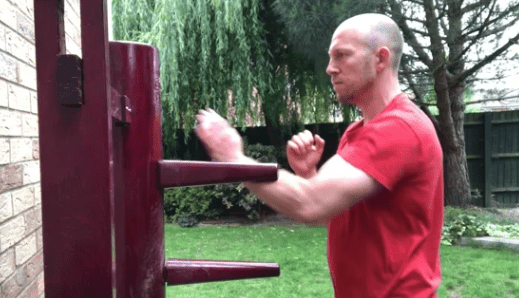
Hi Guys This is a great share from my student Wayne. Enjoy! Trying to develop any skill requires consistency in practice, dedication and focus. Depending…...
This content is for Monthly Full Access members only.
Register
Register
Already a member? Log in here
24 July, 2020
Categories
- Articles
- BJJ
- Book
- Breathing
- Bruce Lee
- Catch Wrestling
- Chi Sao
- Chi Sao Competitions
- Chin Na
- Chinese Boxing
- Chinese Medicine
- Details 101 Series
- Eskrima
- Fights
- Force Flow
- Forms
- Gor Sao
- Gu Lao Wing Chun
- Hawkins Cheung
- Hendrik Santo
- Hong Kong 2020
- Inner Members Only
- Internal
- Interviews
- Kettlebells
- Kickboxing
- Magazine Cover
- Members Only
- Mentor Course
- Mind
- MMA
- Modules
- Momentum
- News
- Online training Products
- Perth Seminar Series
- Perth Seminars 2017
- Pole
- Private Lessons 2016
- Qi
- Robert Chu
- Sanda
- Seminars
- Seminars 2019
- Shuai Jiao
- Singapore Seminar 2018
- Singapore Seminar Series 2017
- Sparring
- Spear
- Strength and Conditioning
- Structure
- Tai Ji
- Thailand 2018
- Thailand 2019
- Thailand 2023 Internal and Combat Arts Summit
- Thailand Camp
- Thailand Camp 2015
- UK Seminar Tour 2017
- Uncategorized
- Updates
- Video Breakdown
- Weapons
- Wing Chun in Boxing
- Wing Chun in MMA
- Wing Chun Schools
- Wing Chun Trinity
- Wing Chun Video Q&As
- Wooden Dummy
- Wrestling
- Zen
Recent Posts
Recent Comments
- Michael Bark on Tai Ji QI Gong Course
- Del Rodriguez on Body Structure Blueprint Part 2
- Del Rodriguez on Body Structure Blueprint Primer
- Alan Orr on Mentor Year 1 FREE Introduction
- Del Rodriguez on Mentor Year 1 FREE Introduction
0 responses on "How drills become skills by Wayne Morrison"